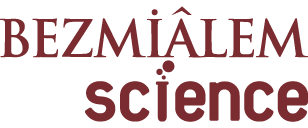ABSTRACT
Conclusion:
In addition to the rehabilitation program for physically disabled children, a pulmonary rehabilitation program aiming to conduct respiratory training and increase the respiratory capacity would be useful.
Results:
A statistically significant difference was found between the respiratory parameters of physically disabled and healthy children in relation to the restrictive patterns (p<0.001). The values of forced vital capacity (%FVC) were found to be better in children with GMFCS level 2 and lower than children with level 3 and above (p<0.05).
Methods:
The study included 25 children. Of these children, 13 were physically disabled and 12 were healthy children. The BTL-08 spirometry device was used for measuring the respiratory values of the children. The gross motor function classification system (GMFCS) and manual ability classification system (MACS) levels were determined.
Objective:
The aim of this study was to compare the respiratory parameters of physically disabled and healthy children.



